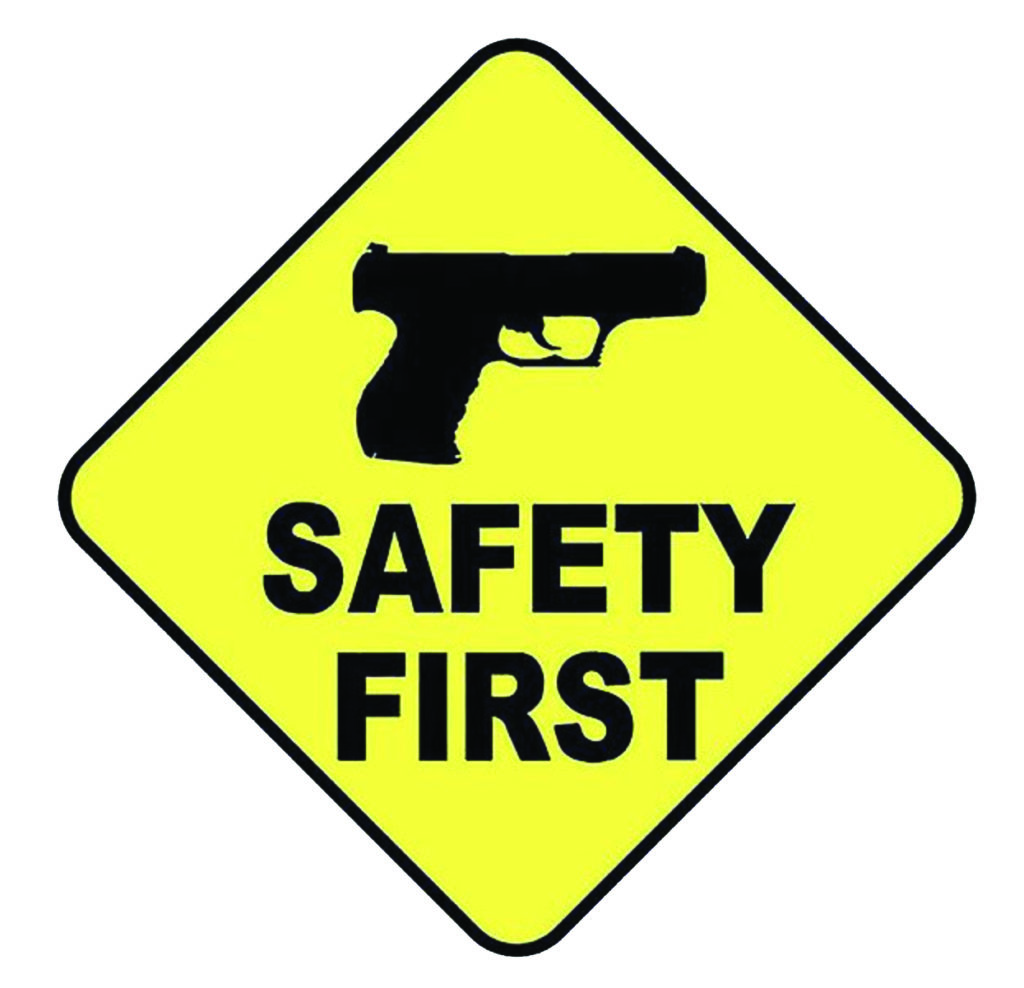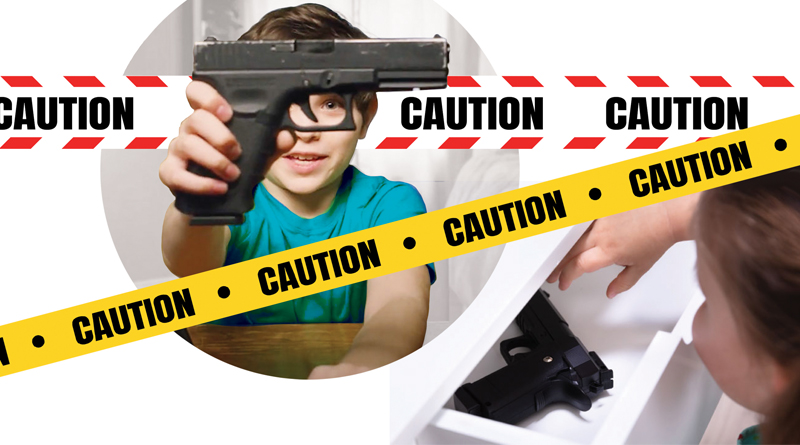Gun Safety: How to protect children?
By: Diana Bello Aristizábal
When it comes to protecting children’s lives, no measure is excessive, especially when events occur that serve as an alarm signal. That alarm signal was activated last month when a minor took a firearm to a school in Doral, which, although it did not have tragic consequences, did force us to question how to prevent children from having access to guns.
“Each one of us is responsible for making sure that our children do not touch any weapon, be it a knife or any other element that could hurt them or others,” Sergeant de La Paz bluntly assured during a workshop on this subject that took place at the Doral Police Training and Community Center last month.
On October 6, parents, representatives of the City Council, authorities, and also some children gathered to find out how we can act to preserve the integrity of minors, how to talk to them about it, how to store a firearm at home, and what resources parents should have at hand to better document themselves.
Education and communication
To prevent tragic events from happening, such as a child being injured or dying from handling a firearm, proper information must be obtained, as many parents and caregivers endanger the lives of minors due to ignorance.
Nearly two-thirds of parents who have school-age children living at homes with guns believe that these are safe from them. More concerning is the fact that between 75 and 80 percent of children in first and second grade who live in homes with guns know where they are kept, according to a study.
 In addition, many adults are also ignorant regarding the nature of children. In this sense, it must be understood that they are curious explorers and that they cannot measure danger as an adult would, especially the smallest ones.
In addition, many adults are also ignorant regarding the nature of children. In this sense, it must be understood that they are curious explorers and that they cannot measure danger as an adult would, especially the smallest ones.
For this reason, it will always be dangerous for a child to live in a place with guns if certain security measures are not taken with which there can be no flexibility. “Guns are not the problem but people. If a single death is caused by this, that is already too many because there should not even be one,” said Sergeant De la Paz.
The first security measure is to talk about the matter at home, listening and answering all questions and comments they have about this, and making them understand the difference between what is seen on TV and real life.
On the other hand, they should also be warned about what to do if someone takes a gun to school or if they are at a friend’s house and find one. In any given case, the number one tip, although it may seem obvious, is to tell them not to touch it under any circumstance, to leave the area where the weapon is located and to reach out to an adult or the police.
They must be told to assume all guns are real even if they look like toys, supervise them at all times (privacy is for adults), and set a good example because children are a reflection of what they see in their parents. “If it’s difficult to talk about this, please approach us; the police can help interested parents.”
The second measure is to always store firearms unloaded and locked up. These should have load indicators and preferably be kept in a biometric safe that works with fingerprints. In this way, only one person would be able to open it.
Having guns stored in a safe with these specifications is essential if there is a concern that storing it unloaded will not grant enough time to use it in case someone breaks in. If your decision is to keep it loaded, a biometric safe is the only alternative. Ammunition should be stored in a separate place out of the reach of children.
Resources for children
https://kidshealth.org/en/kids/gun-safety.html
https://projectchildsafe.org/news/gun-safety-and-children/
https://projectchildsafe.org/educators/

